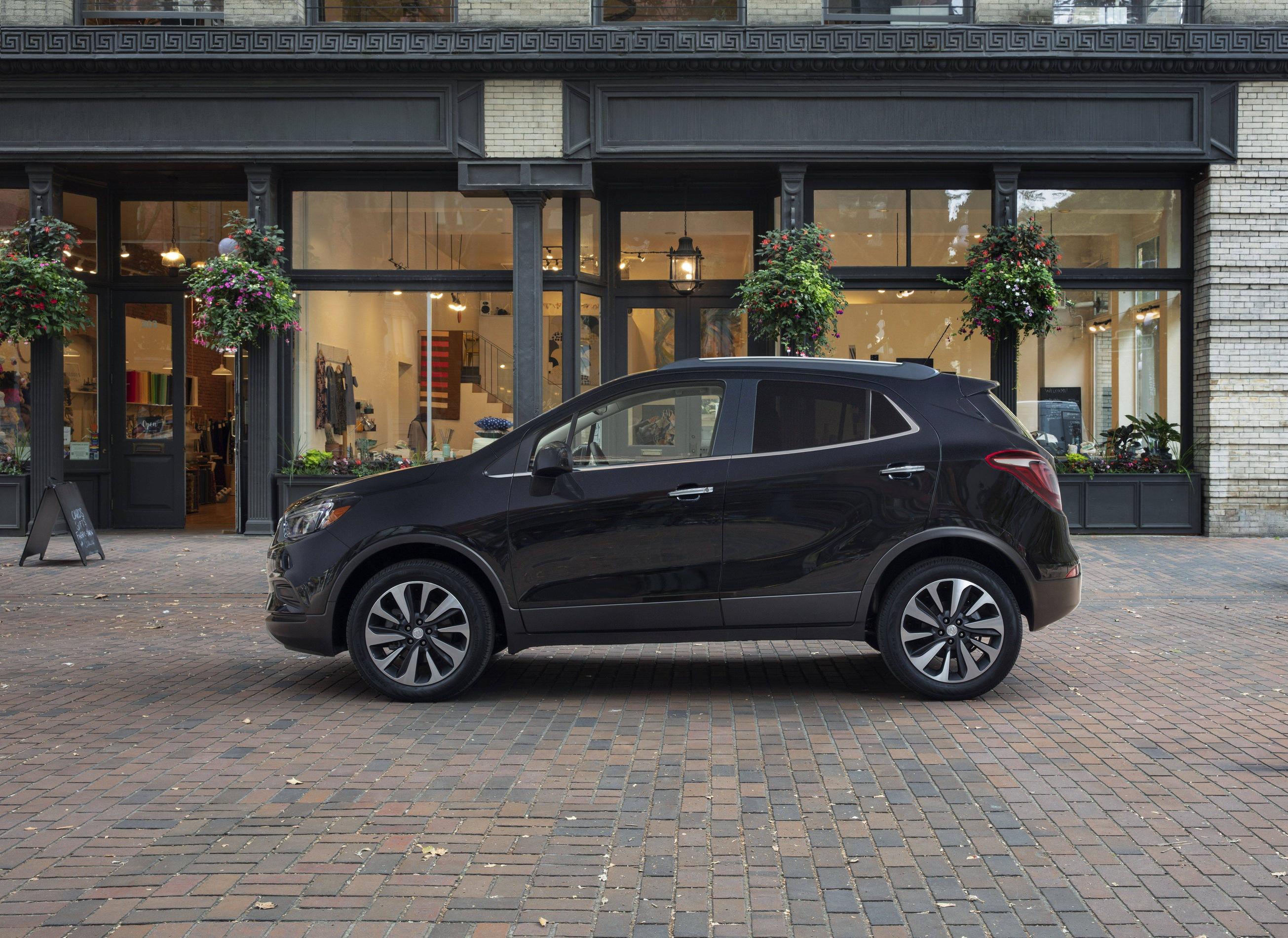
The best natural cleaning products are made from ingredients that you probably have in your home, making them easy to whip up and inexpensive. They are also safer for your family, the environment, and you.
The first step to finding the best natural cleaning products is learning what is in them, and that takes some work. For a list of all ingredients on the label, check to make sure they are marked "natural". If they aren’t listed, there are other options that can be used to make the product more eco-friendly.
Next, check the label to see if they're "EPA Safer Choice-Certified," which means they contain less harmful chemicals than conventional cleaning products. This is important to consider if you or someone else in your household has allergies or asthma.

You can also avoid toxic chemicals by purchasing products in reusable containers. The planet can become very sick if products aren't recyclable.
Many natural cleaning products come in refillable or recyclable bottles. You can also find biodegradable products, which is a great way of reducing plastic waste. Some even come in multi-surface cleaners that don't require you to use different products for your bathroom, kitchen, and tiles.
You should also look for products that are cruelty-free and not tested on animals. This ensures that there are no harmful chemicals and is a sign that the company is committed toward sustainability.
These cleaning hacks aren't a new idea, but they're becoming more popular as people become more aware of the dangers of toxic chemicals and the environment. They're cheap and easy to make, and they can be used for many different things -- from air freshener and window and glass cleaner to laundry detergent and all-purpose cleaner.

Toxic chemicals commonly found in traditional cleaners include formaldehyde, phthalates, and many other carcinogens. These chemicals can lead to a variety of health issues, including cancer, reproductive disorders, asthma, and other ailments. They can also cause allergic reactions and skin irritation, which can negatively impact indoor air quality.